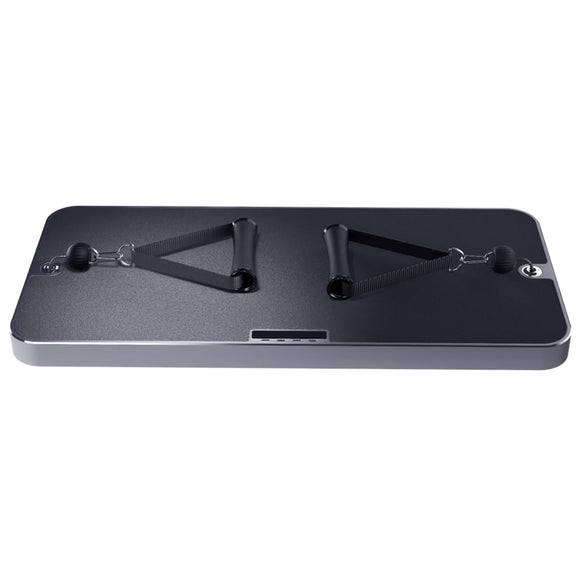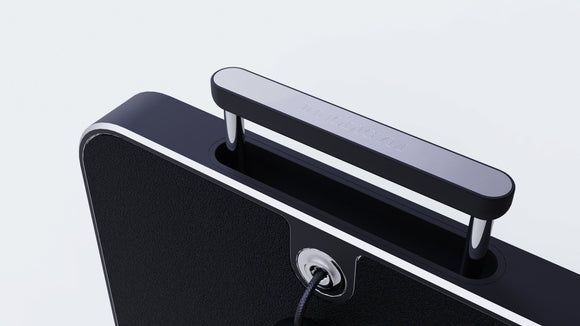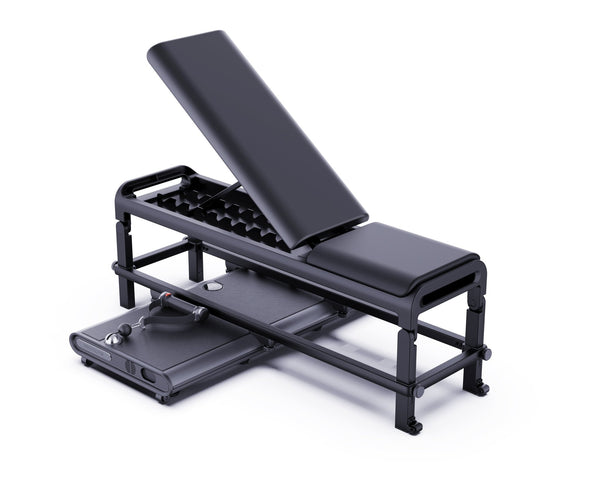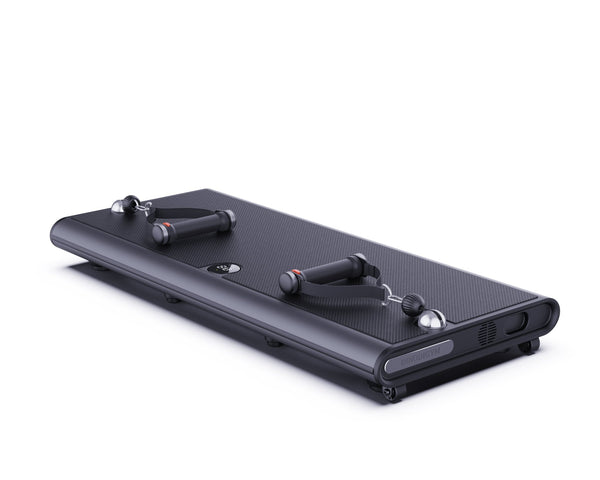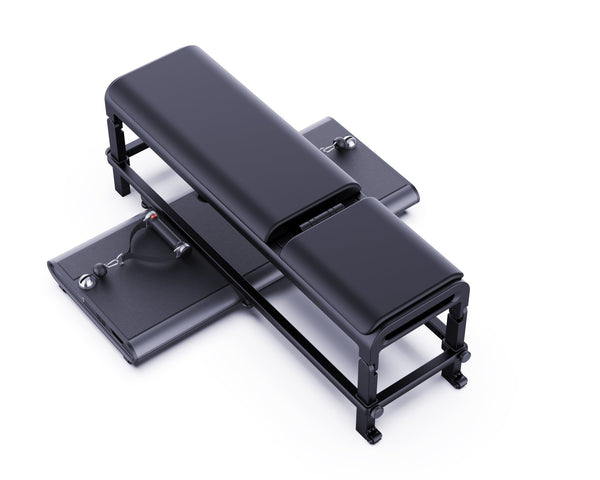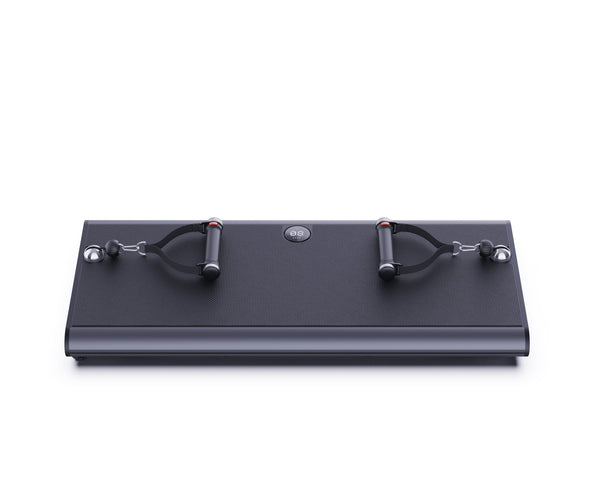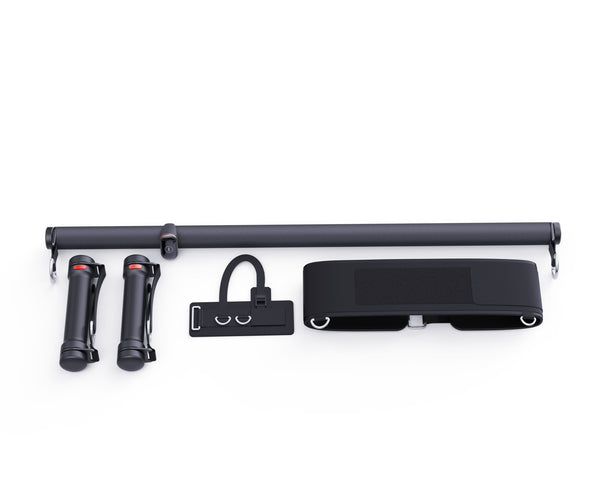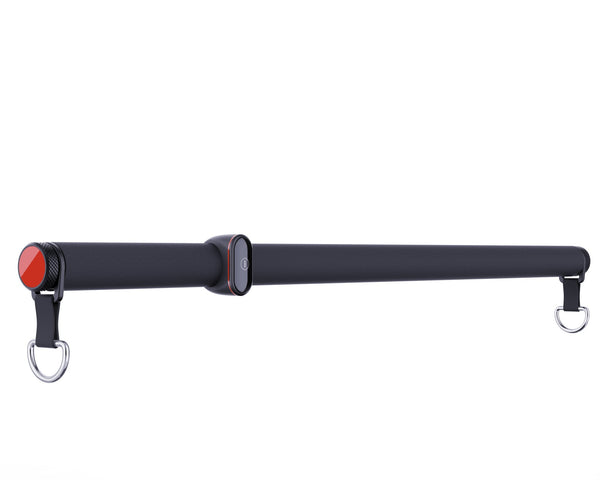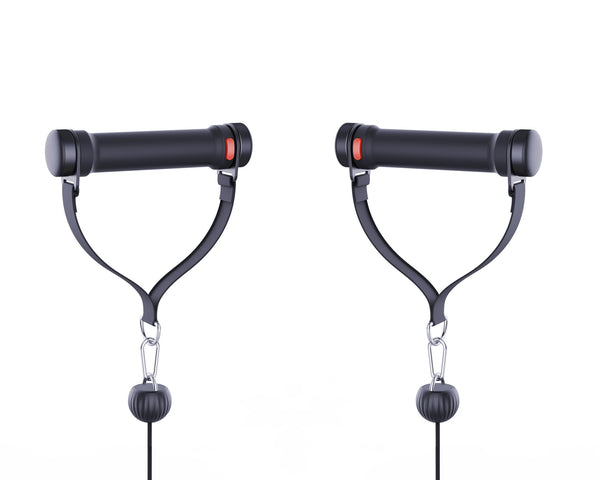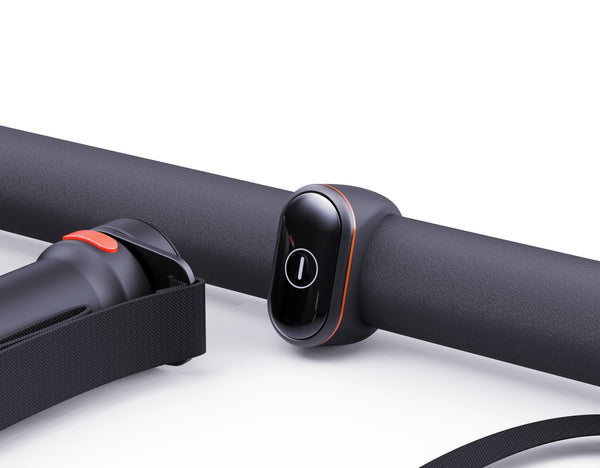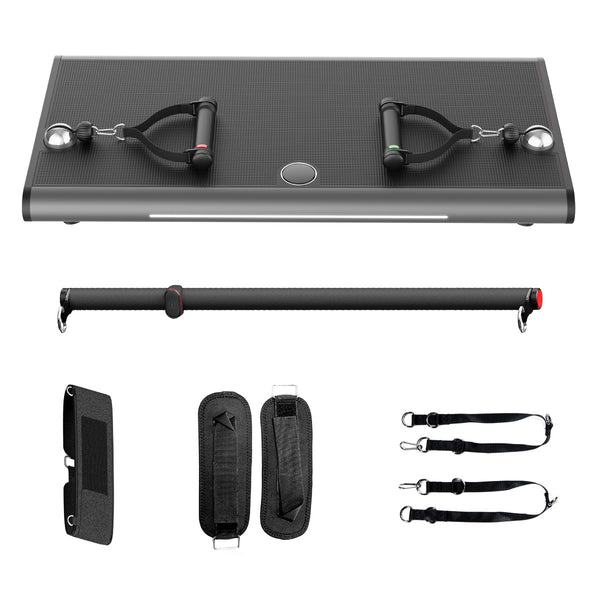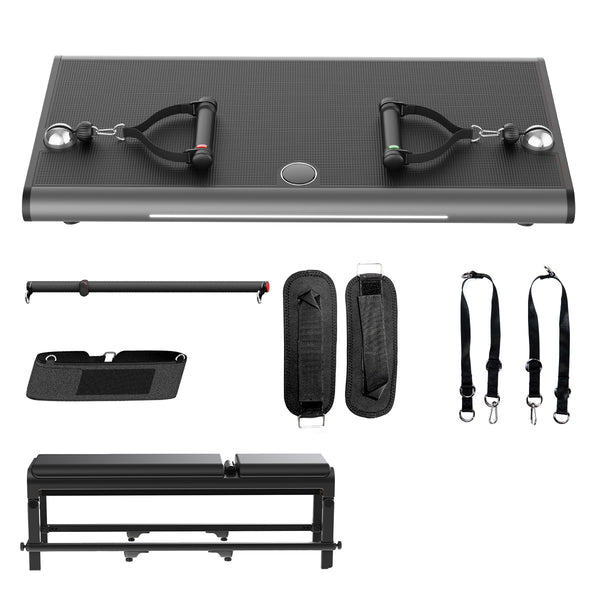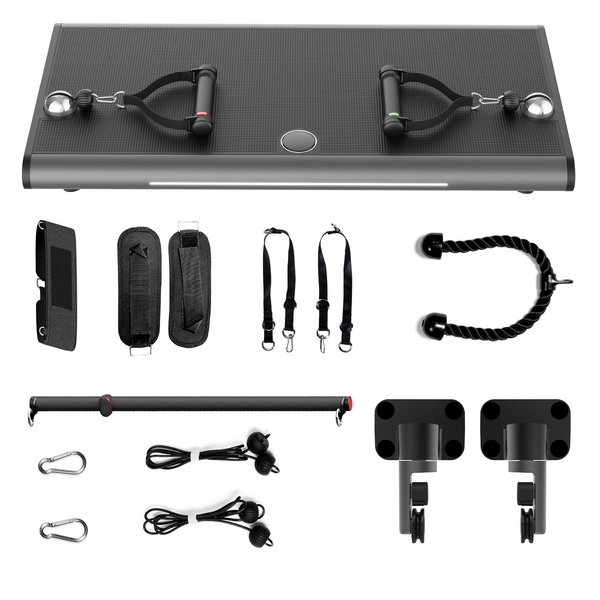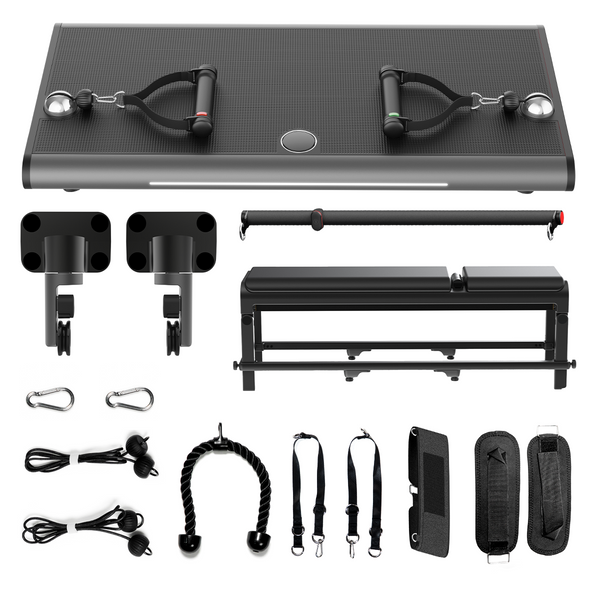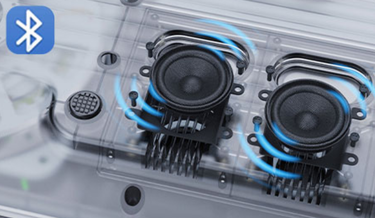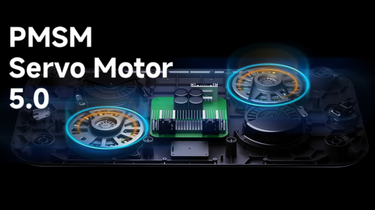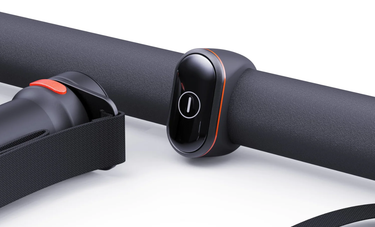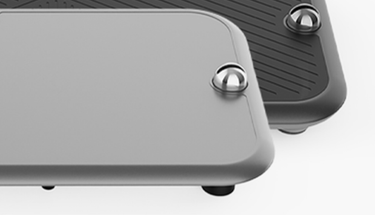Pair some text with a product to highlight features.
4 Resistance Different Modes
Multiple training modes, on-demand switching fat burning, shaping, muscle building, multi-dimensional to meet the fitness needs, and efficiently enhance the training effect; suitable for more people to use, beginners, professional fitness enthusiasts and so on;
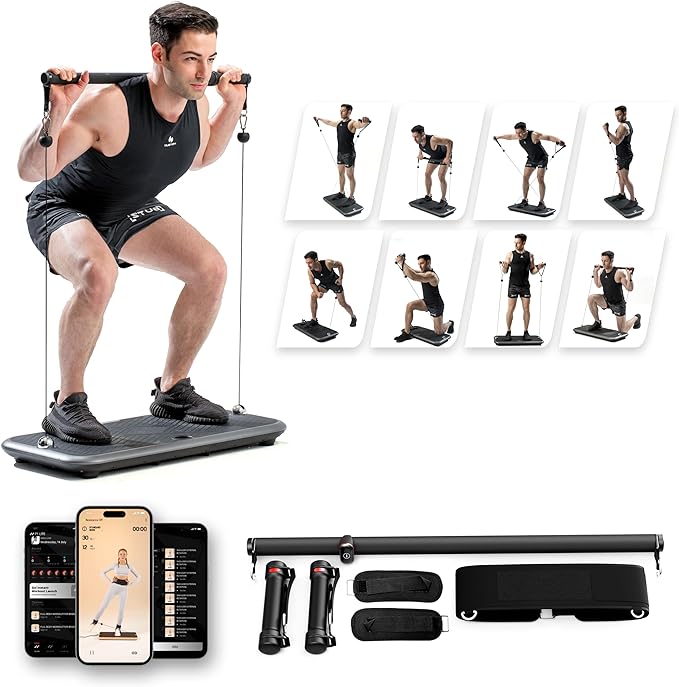
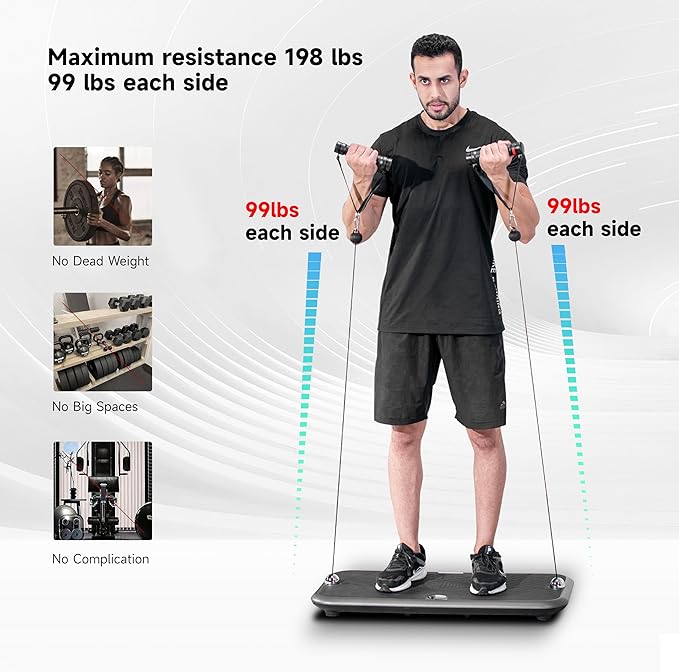
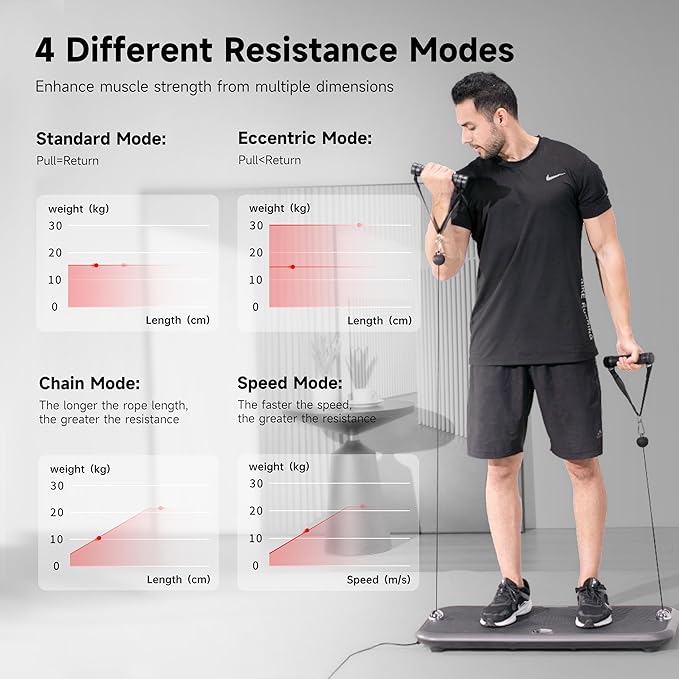
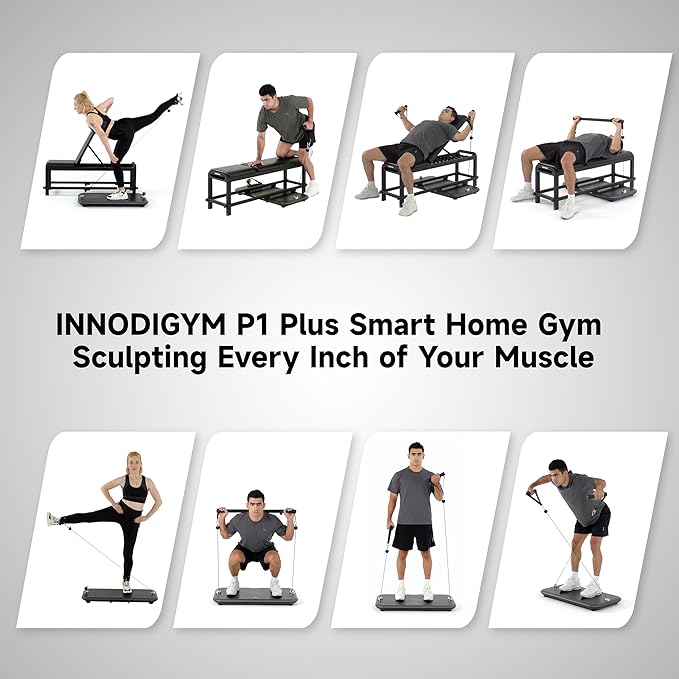
Why Choose INNODIGYM P1
-
![]()
MINIMAL DESIGN-6CM/2.4 INCH
Adopting ultra-thin design and aluminum alloy integrated die-casting
-
![]()
Stereo 5w Blueto-Oth Amplifier
The Stereo 5W Bluetooth Amplifier delivers powerful sound in a compact design. Enjoy wireless audio streaming with Bluetooth connectivity.
-
![]()
5.0 Disc Type Servo Motor
Experience unmatched precision with Innodi P1, powered by our 5.0 Disc Type Servo Motor. Elevate home workouts with this advanced, durable tech.
-
![]()
Security Protection Mechanism
Multiple Protection Mechanisms Enabled by Advanced Artificial Intelligence: Enhanced Security Features
-
![]()
Safety Button
Safety buttons on both handles and the bar. It act as afailsafe mechanism,instantly releasing the weights when the load becomes challenging.
-
![]()
Aerospace Materials
levate your home gym with the Innodi P1 series, utilizing aerospace materials for unmatched strength and longevity.
Building a small home gym is an excellent way to stay fit, save time, and avoid crowded gyms. Whether you're working with a tiny apartment or a corner in your living room, a compact workout space can be both functional and inspiring. The key to creating a successful small home gym lies in choosing the right equipment, optimizing your space, and designing a versatile routine. Here’s how you can build a practical and effective home gym, no matter how limited your space.
1. Choose the Right Space
Even in a small home, finding the right spot for your gym is essential. You don’t need an entire room—just a quiet corner or unused area can work. The ideal space should allow for enough room to move freely, perform exercises, and store your equipment. Consider underutilized spaces like:
- A corner of your bedroom or living room
- A small section of your basement or garage
- A spare closet or hallway
- A balcony or outdoor space for fresh-air workouts
Remember, a small home gym doesn’t need to be huge, but it should be functional and easy to access.
2. Select Compact and Multi-Functional Equipment
When working with a small home gym, the key to saving space is choosing equipment that is versatile and compact. You don’t need bulky machines to get an effective workout. Some top equipment choices for small spaces include:
- Resistance Bands: Lightweight and portable, resistance bands can be used for strength training, stretching, and mobility exercises. They take up minimal space but provide a full-body workout.
- Adjustable Dumbbells: These save space by allowing you to change the weight as needed, eliminating the need for multiple dumbbell sets.
- Kettlebells: Compact and effective, kettlebells are great for strength and cardio training. You can use them for dynamic movements like swings, squats, and presses.
- Exercise Mat: An exercise mat is essential for floor exercises like yoga, Pilates, or core work. It also protects your flooring during intense workouts.
3. Maximize Vertical Space
In a small home gym, it's important to think vertically. Instead of letting your equipment clutter the floor, use wall-mounted racks or hooks to store your resistance bands, dumbbells, or jump ropes. You can also use vertical shelving for towels, water bottles, or workout attire. By keeping your space organized, you can maximize the area you have and maintain a tidy environment.
4. Focus on Bodyweight Exercises
A small home gym is ideal for bodyweight exercises that require no equipment at all. Push-ups, squats, lunges, planks, and burpees can all be done in tight spaces, and they offer an efficient way to build strength, endurance, and flexibility. These exercises are great for full-body workouts and can be adjusted to suit your fitness level. You can even add variations to keep your routine challenging and interesting.
5. Create a Motivating Environment
Just because your gym is small doesn’t mean it can’t be motivating. Create a workout-friendly environment by adding personal touches that inspire you to train. Consider the following:
- Lighting: Bright lights can energize you, while softer lighting can create a more relaxed atmosphere for stretching or yoga.
- Mirrors: Mirrors help check your form and make your space feel larger. They’re particularly useful for strength training and flexibility work.
- Music or Motivational Quotes: Play your favorite playlist or hang motivational posters to keep you focused and inspired during your workouts.
6. Be Consistent and Flexible
A small home gym is a great way to stay consistent with your fitness routine, especially with the flexibility it offers. Set a schedule that fits your lifestyle, whether it’s early morning, lunch breaks, or evening sessions. The beauty of having a home gym is that you don’t need to commute or worry about crowded gym spaces. You can adapt your workout depending on how much time you have or the equipment you feel like using that day.
Digital Gym
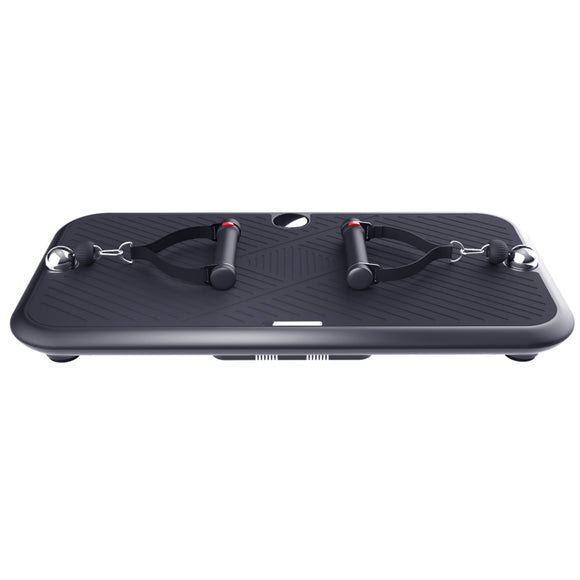
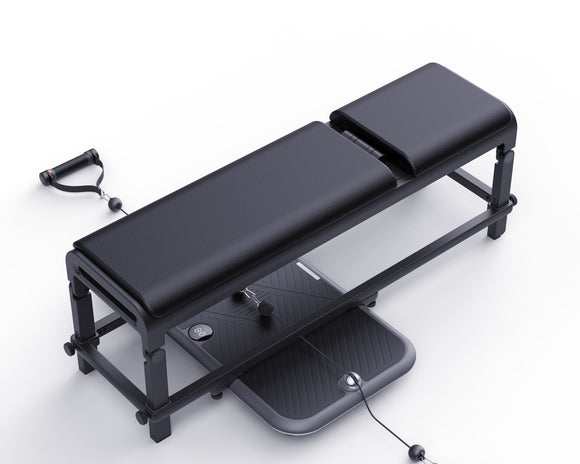
INNODIGYM P1 PLUS
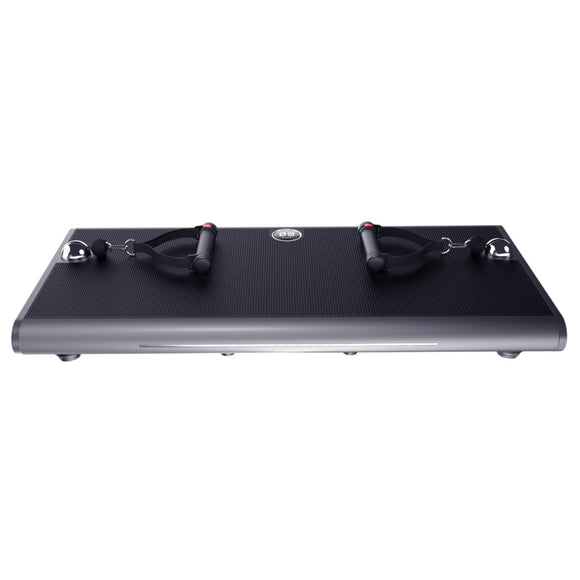
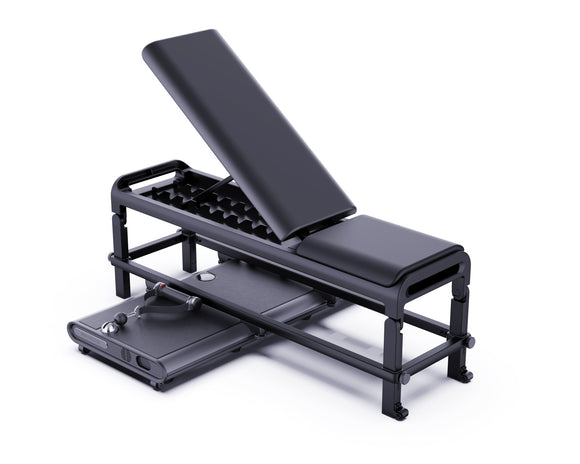
INNODIGYM P1 MAX
